10 TIPS FOR STUNNING BLACK AND WHITE PHOTOGRAPHY
In the early days photographers had no choice but to shoot in black and white, as it was the only available medium.But black and white photography didn’t die off, after the invention of kodachrome (colour photography) in 1936.
Instead black and white photography flourished. Many photographers regard it as the purest form of photography.
Colour is a distraction,it takes attention away from the visual building blocks of a great photo; texture, tonal contrast, shape, form and lighting.black and white photography makes a refreshing change.
From an artistic viewpoint; colour depicts reality. Black and white is an interpretation of reality.
these 10 tips is to improve your black and white photography skills.
10 tips for stunning black and white photography
#1 Learn to see black and white: It is important to see in black and white in order to understand black and white photography. We see world in colour.Pre-visualising a black and white image is important before shoot.
everything looks different in black and white. It’s important to understand that not all subjects are suitable for black and white. It isn’t too easy, seeing black and white requires lot of practice. The key to successful black and white photography is learning to see the world in monochrome.
#2 Shoot in RAW: A good black and white image will require post processing and the standard in-camera black and white conversion isn’t have as good as your own black and white conversion. Raw will give you more control over post processing and desired final result of your black and white image.
#3 Shoot in colour: Even if you know you’re going to be presenting images in black-and-white, it’s always better to shoot in colour. The main reason for this is that having access to the full colour spectrum gives you more flexibility to fine-tune the image afterwards by specifically targeting a particular colour range.
The other advantage is that some images may actually look better in colour than in greyscale. It is possible to convert to black and white later, while recreating colour images from black-and-white is only for masochists and those who like oddly creepy compositions.
#4 Tonal contrast: When colours are converted to black and white, they become shades of grey. Light colours become highlights, and dark colours become dark tones. The differences between these shades is called tonal contrast.
Having white and black in the image will help add interest to a picture, but if other areas do not have a wide range of varying tones of grey, the photo will most likely look dull.
#5 Texture: Shapes cast shadows that bring out the shape of a subject, With the absence of color, structure becomes more important in black and white. Subjects like hair, sand, skin or wood an old building, or rusty metal, anything old normally has lots of texture, and textures look great in black and white.
#6 Contrast: Too much contrast in a colour photo often results in harsh and confusing images. Remove the colour and harsh contrast becomes a great way to attract attention to your subject.
the best black and white photos usually have some portion of the photo that is near to pure white, and some portion of the photo that is near black. This increased contrast adds interest to the scene.
#7 Patterns: Colour merely distracts us from giving the pattern our attention. Patterns are interesting because of their ordered repetition. By using black and white, images of patterns are far more compelling.
#8 Shape and Form: Form and shape are all-important in black and white photography.When you remove colour from an image you can no longer rely on it to provide interest or a focal point in a scene.
Look beyond the colours in a scene and instead focus your attention on the shapes. Focus on the most interesting aspect of the shape, or creates an intriguing composition of different shapes.
#9 Long Exposure: Long exposure shots can work really well in monochrome photography, especially where there’s moving water or clouds, these look exceptionally pleasing in black in white because it adds to the overall dramatic look created by the softened movement.
#10 Post Processing: Adjusting the contrast of a photo, the dark areas become darker and the light areas become lighter. This is particularly important in black and white as the difference is much more noticeable.
Dodging and burning is a traditional darkroom technique and is usually used to burn in or darken highlights and hold back (brighten) shadows.Photoshop’s Dodge and Burn tools allow to control highlights when they are too bright, or the Dodge tool to brighten them to increase local contrast.It’s a great way of giving a sense of greater sharpness and enhancing texture.
If you like photography articles, please do share.
You should LIKE us on Facebook, so they will appear in your facebook feed.
All photos are linked to the original sources from which they were taken. You can explore further works of these photographers on their sites.

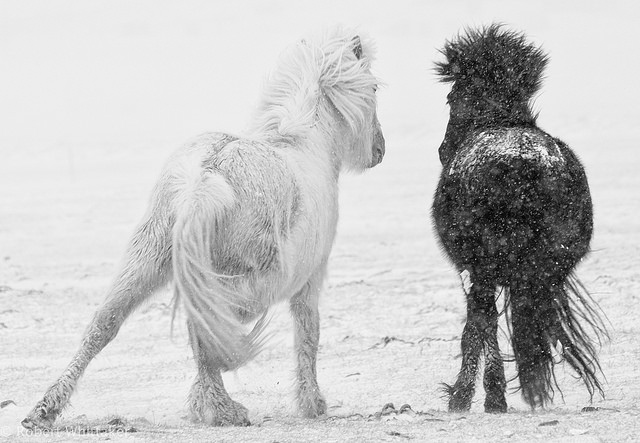

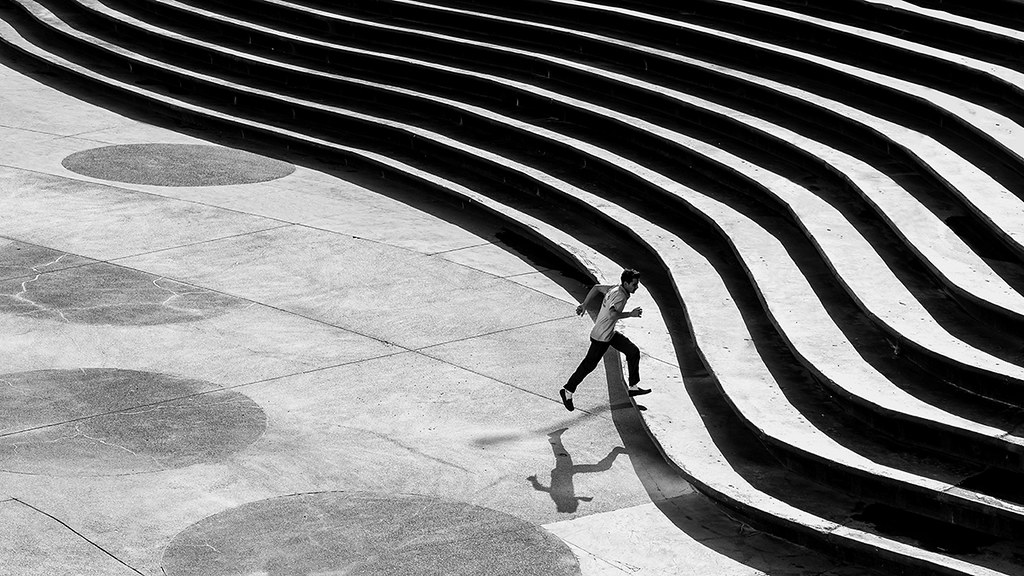
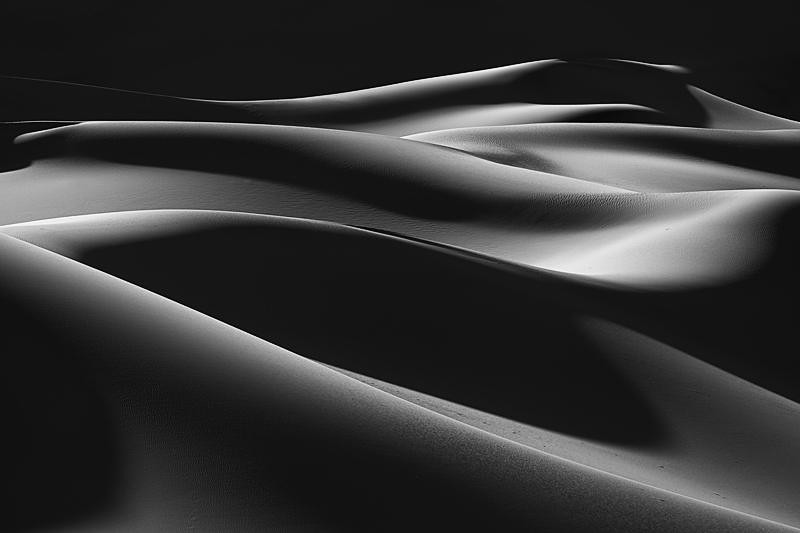

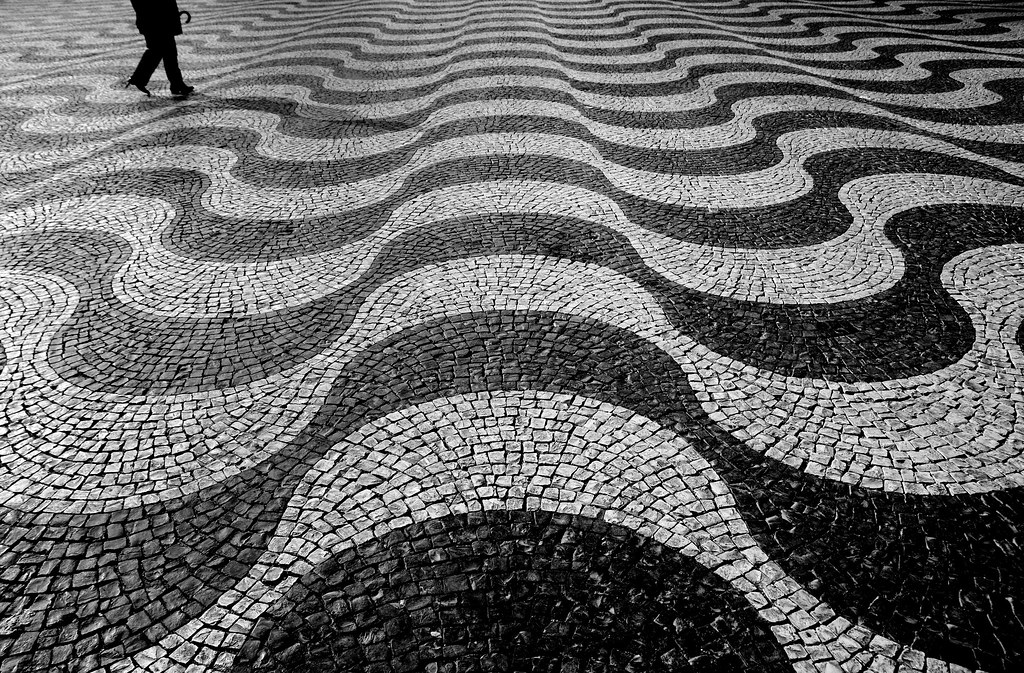

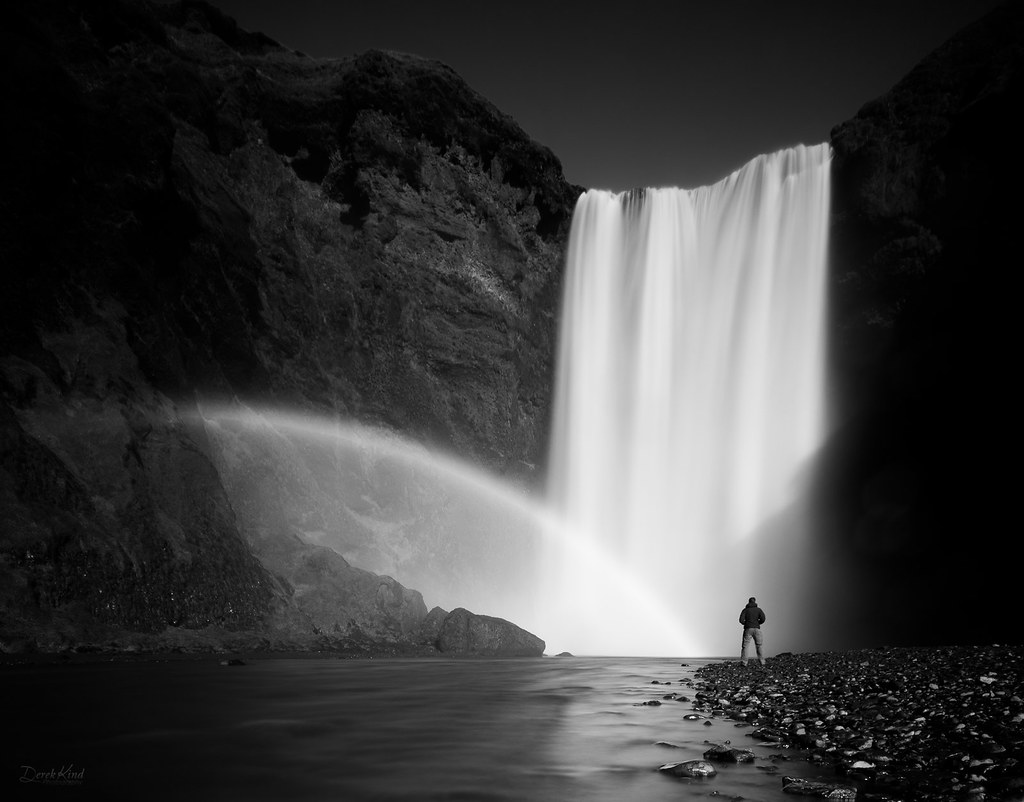
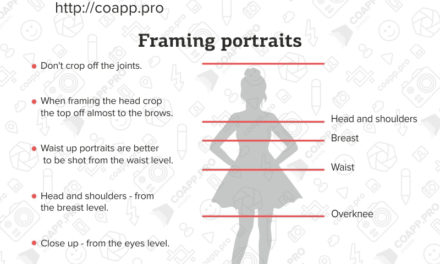
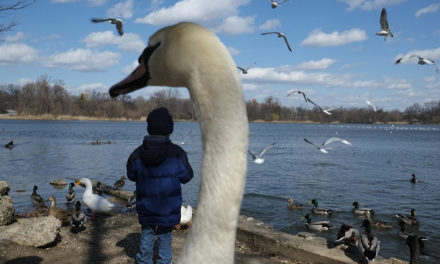

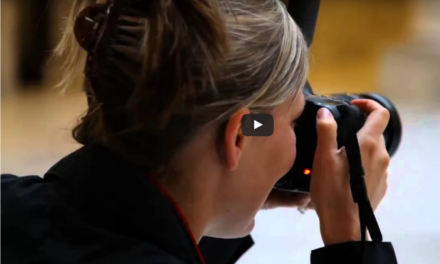
Recent Comments